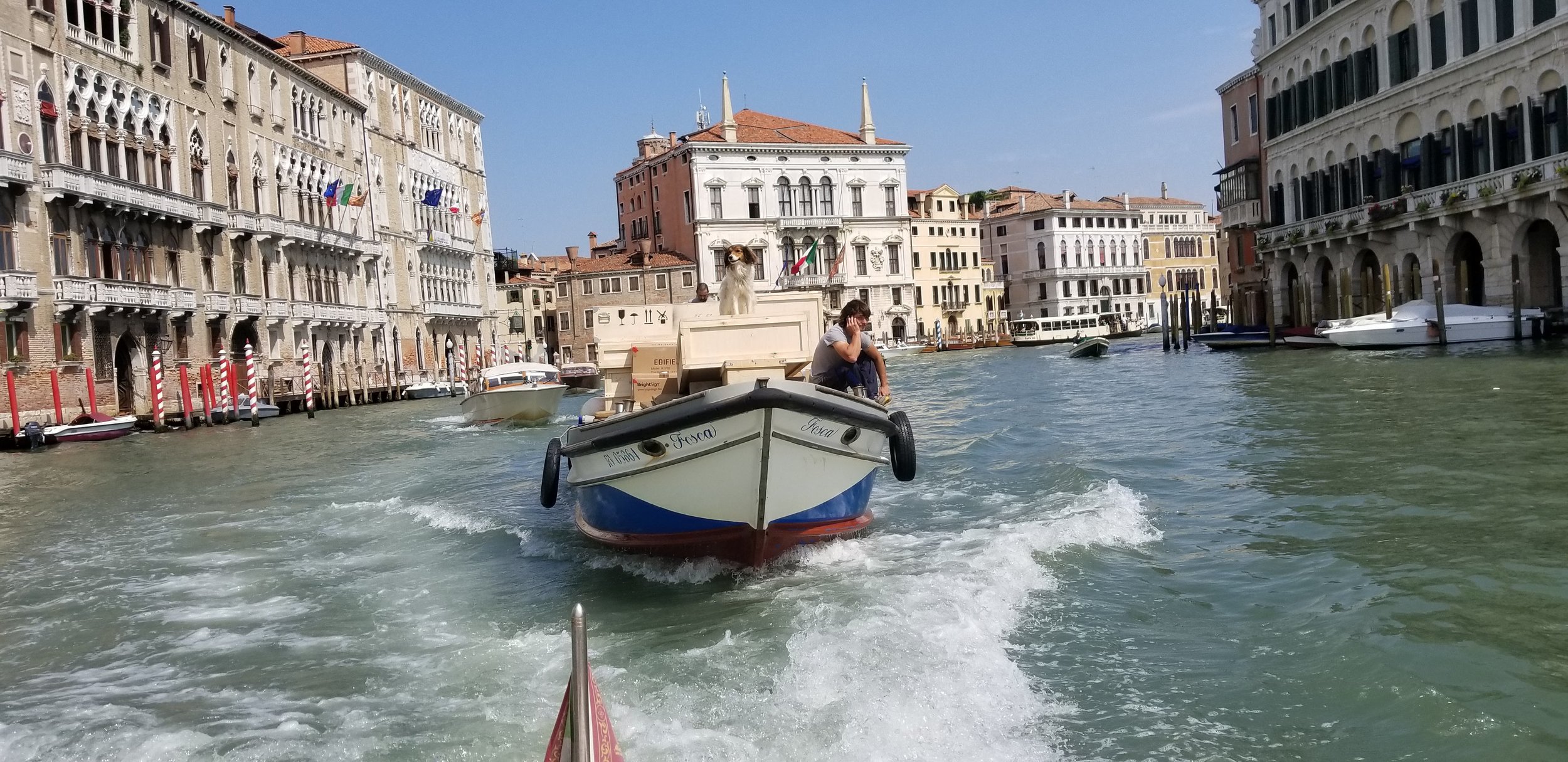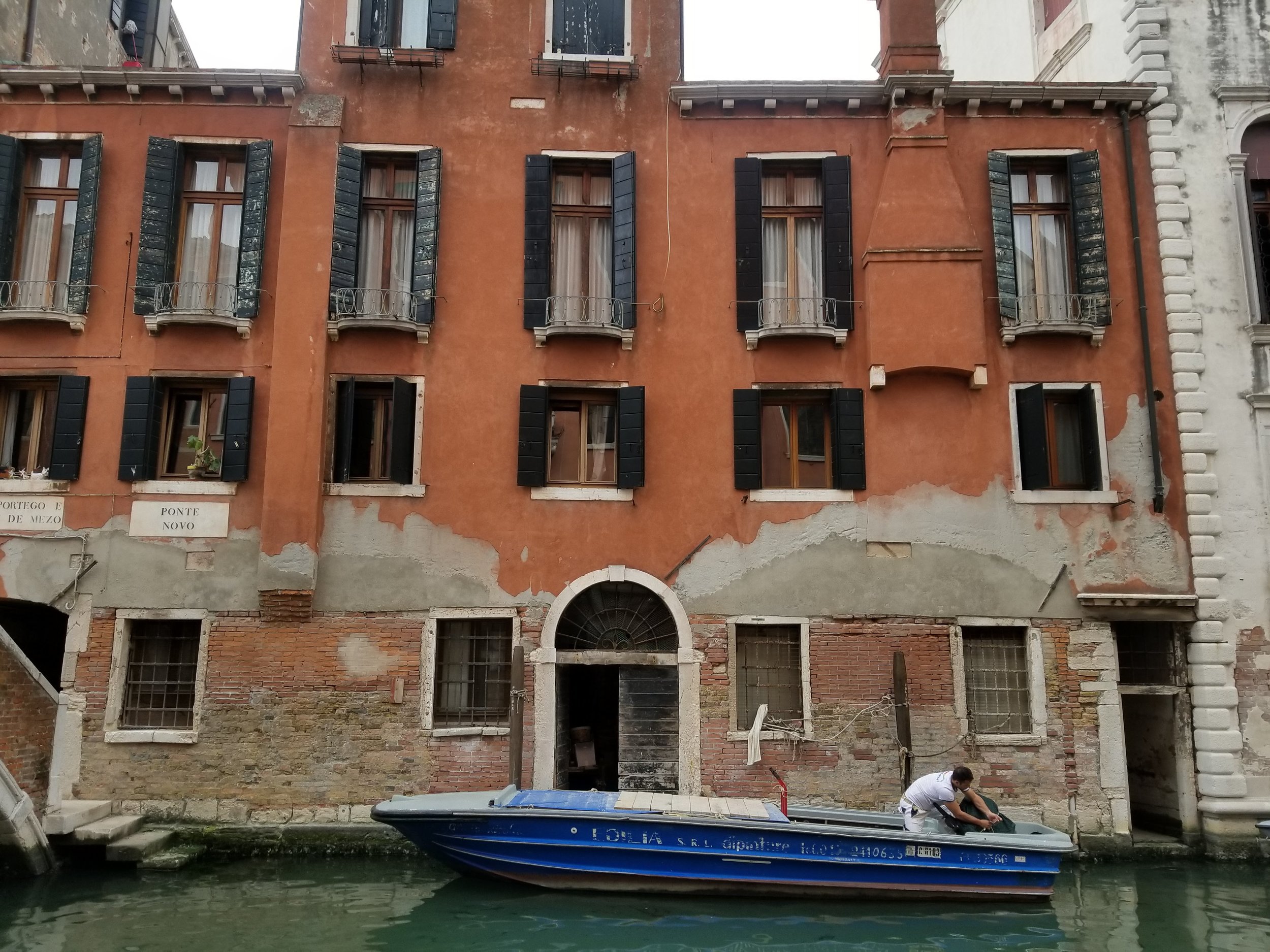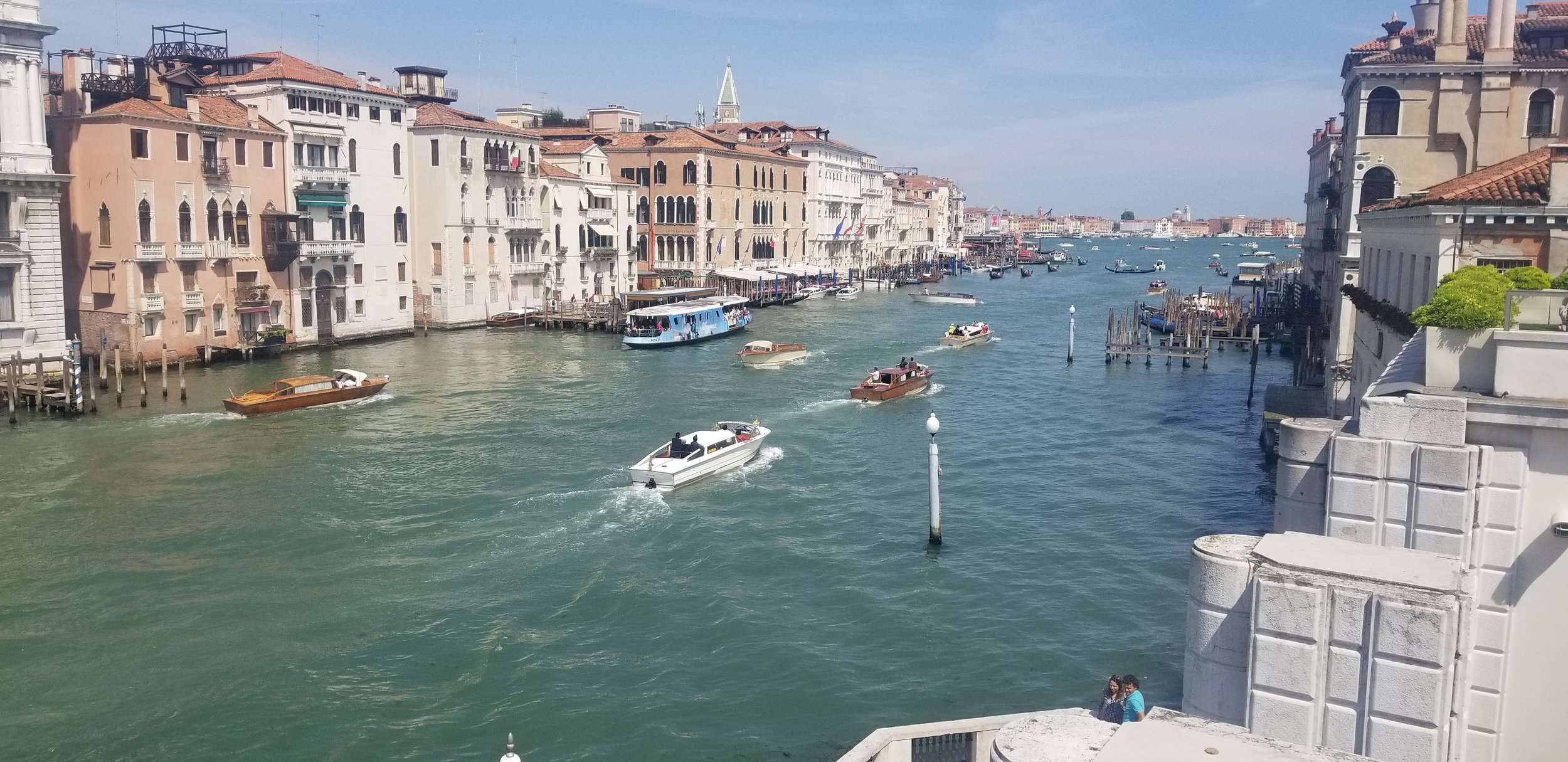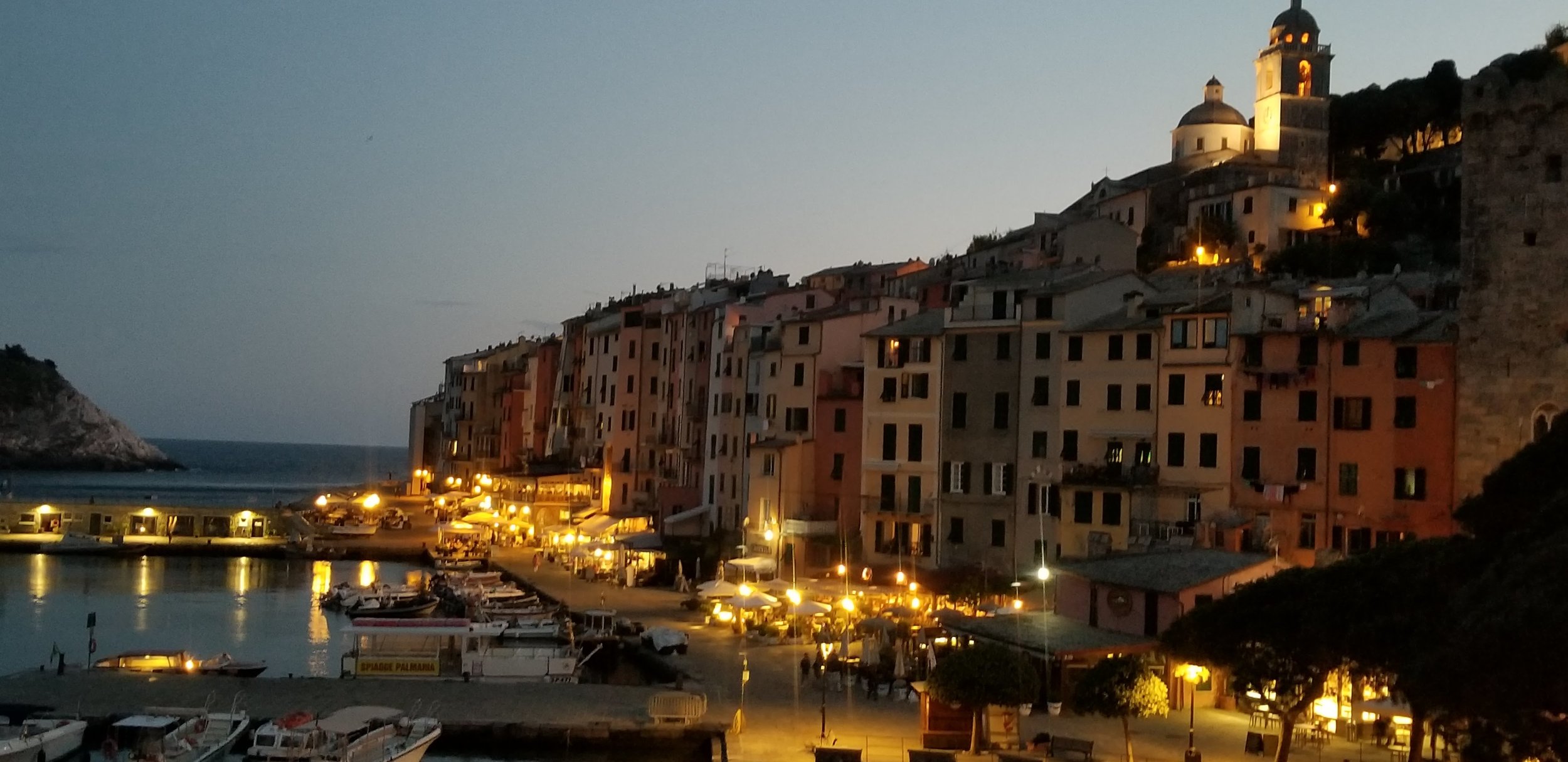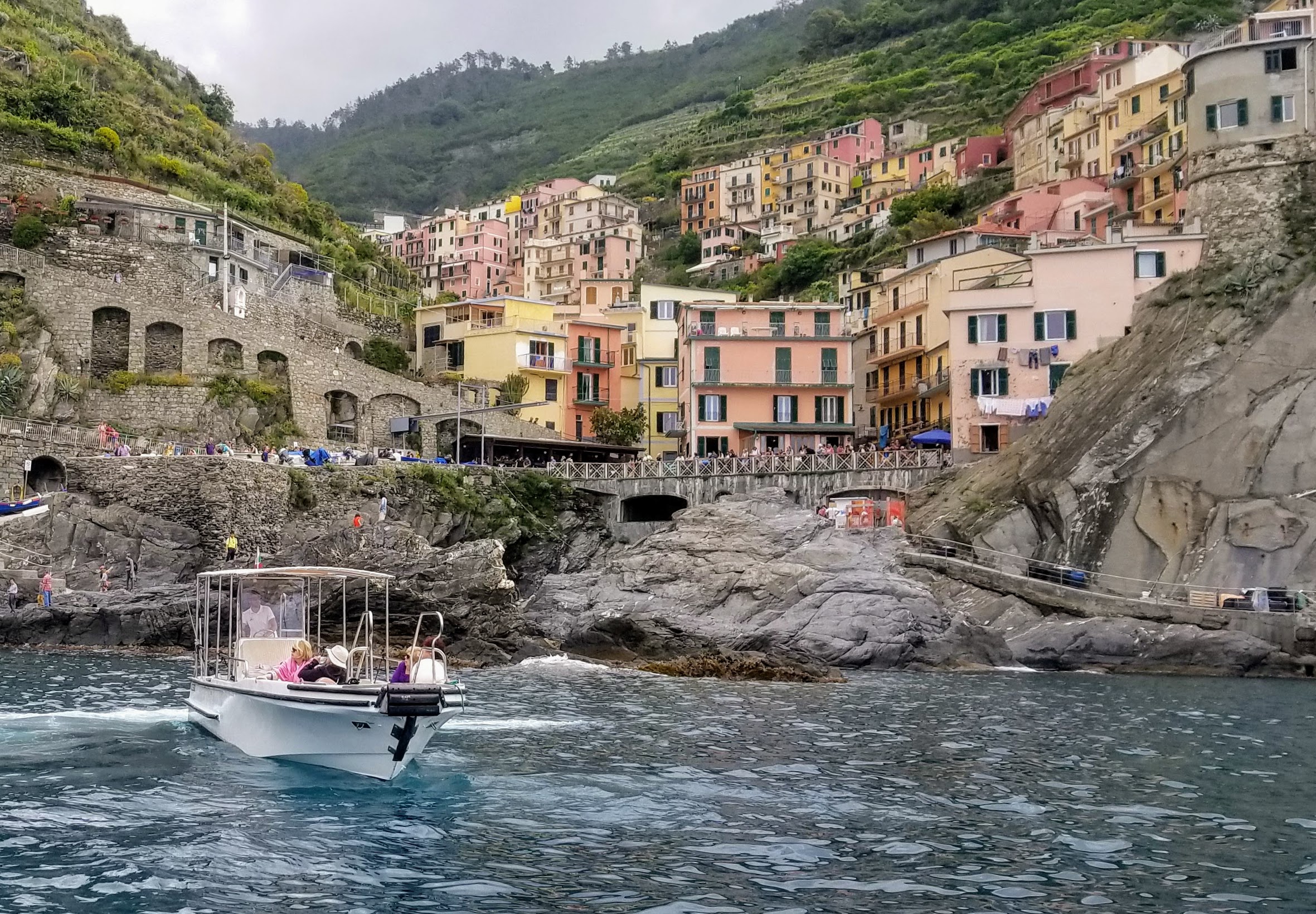“If I were not King of France, I would choose to be a citizen of Venice.”
-Henry III, 1574
“Venice is like eating an entire box of chocolate liqueurs in one go.”
-Truman Capote, 1961
Venice’s canals and palaces are so beautiful that they just about created the entire idea of traveling for pleasure, rather than trade or conquest. Before Venice was a playground for, Lord Byron, Mark Twain and Kim Kardashian, it lured young English noblemen on their “Grand Tour” of Europe. While Paris’s salons instructed the sons of Albion how to behave in court and Rome’s ruins left them with visions of empire, it was Venice that taught them to love beauty and passion.
If you’re ready for a personal renaissance, let’s start planning your trip to Venice. Before you pick from the myriad of non-stop or low-cost flight options, here’s a guide to travelling in the world’s first tourist destination without being a tourist.
The Must-See’s
The canals are Venice’s sine qua non. Plenty of gondolas and gondoliers ply the Canal Grande and the smaller waterways, but their passengers are largely tourists enjoying the theater of a gondola ride. Locals ride a dense network of ferries and water taxis, but most of all they walk. With almost no cars on its tangled web of streets, Venice is a walker’s paradise, with treasures to be found around every turn.
Napoleon called St. Mark’s Square “the drawing room of Europe.” To Venetians, it’s just la Piazza (the square). The physical and spiritual center of the city, St. Marks should be treated as a starting point for exploring Venice. Go early in the morning to avoid the crowds, then do your best to get lost in the city. When the restaurants stop displaying English-language menus, you’ll know you’re in the right place.
Venice rewards both the night owl and the early bird. If either of these suit your flights of fancy, make your way to the Rialto Bridge. At 7:30 in the morning, you’ll find dozens of stalls of fresh produce, fish and other delights, open for the locals before the tourist rush.
It will require an advance reservation and a private tour, but the Peggy Guggenheim collection is one of the best contemporary art collections in the world. If this is on your radar, let me know before your trip.
Day Trips:
It’s easy to get lost in Venice for a week or more, but if you long for open skies, open roads or just solid rock beneath your feet, you’ll want to discover the cities, small towns and islands near Venice. It’s easy to reach the major destinations from Venice’s train station, but if you really want to explore wine country, you’ll need to rent a set of wheels. In Italy, you have a choice - two wheels, or four. Italians love their cars and their Vespas. If you’re only doing a daytrip with minimal luggage, don’t pass up the opportunity to drive a vintage ragtop roadster. Whether you’re behind a wheel or a set of handlebars, you’ll need a certain confidence to contend with Italy’s drivers. Just because they seem fearless doesn’t mean you should be.
Verona:
Much older than Venice, Verona integrates Roman ruins into the fabric of the city itself. Although very popular with locals, Verona doesn’t attract too many international tourists, so it’s an excellent opportunity to understand Italy on its own terms. It’s also a great jumping off point for Wine Country. If you’re nervous about driving (see above), try renting a bicycle or e-bike.
Murano Island:
If you love Venice’s intricate glassworks, you’ll want to budget time for a trip to Murano Island. A short water taxi ride away from the Grand Canal, Murano Island is home to Venice’s glassblowing industry. You can watch artisans create these extraordinary sculptures, and perhaps even commission one yourself.
Cinque Terre:
For an overnight or weekend trip, Cinque Terre (Five Towns) on Italy’s Western Coast provide a gentle respite from Venice. Dotting the picturesque Mediterranean coast, the towns are more easily accessed from the water than the land. Each one provides a base for La Dolce Vita, a chance to slow down and enjoy fresh food, swims at the city beaches, hiking in the mountains. Each individual town has its specialty, so be sure to pick the right one.
Maury’s Rules for avoiding sticking out as a tourist in Italy
Pick up a few Italian phrases. Un poco goes a long way, and people appreciate the effort.
Dress well. You don’t need to live up to complete Italian standards, but a button down, slacks and loafers can be just as comfortable as a ratty t-shirt, cargo shorts and flip-flops. You’ll be welcomed at many more establishments, and find yourself striking up many more conversations.
Get lost. And when you’re lost, try to get a bit more lost. The further away you get from hearing English, the better. Finding your way back will give you most of your fun.
Rome's Coliseum may draw the tourists and dress-up gladiators, but Verona's Arena is still an active cultural attraction, hosting Opera performances throughout the summer.
At the Peggy Guggenheim Museum - The tour guide may be from Staten Island, but he's mastered the art of how to dress in effortless chic Italy (see Maury's Rules for avoiding sticking out as a tourist in Italy)



